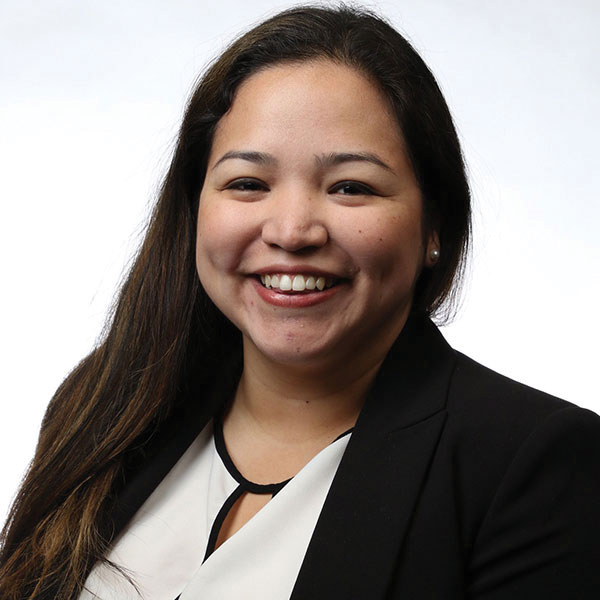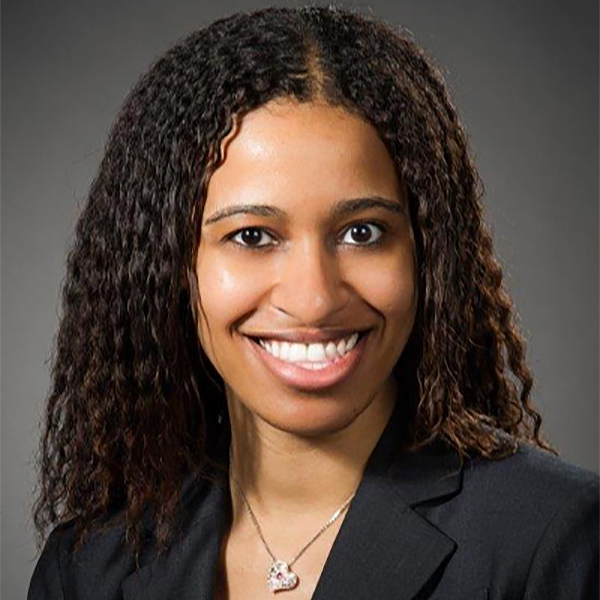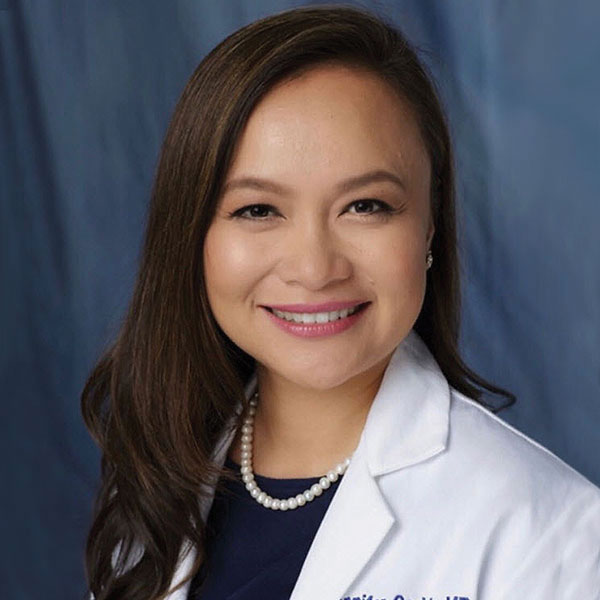From the Member Sections | WIC Section: A History of Driving Change

The history behind the ACC Women in Cardiology (WIC) Member Section reaches back 30 years and is a captivating narrative of empowerment, innovation, resilience and, ultimately, progress.
The first transformational steps were made by courageous women who were motivated to create change in the male-dominated field of cardiology. Using data analysis to show the status of women in cardiology, they broke barriers and forged a path forward for other women.
The Journey Begins
An Ad Hoc WIC Committee was formed on June 20, 1994, under the direction of then-ACC President Daniel J. Ullyot, MD, MACC, and chaired by Marian C. Limacher, MD, MACC. It also included notable ACC leaders and past presidents like Pamela S. Douglas, MD, MACC; Kim A. Eagle, MD, MACC; Janice B. Schwartz, MD, FACC; Mary Norine Walsh, MD, MACC; Wendy J. Wolf, MD; and Janet S. Wright, MD, MACC. It became a Standing Committee in 1998.
The initial mission was to 1) represent the interests of women cardiologists; 2) serve as a resource to the ACC in matters of professional development of women cardiologists, in particular in dealing with the standards of safety for delivery and receipt of cardiovascular care; and 3) recommend changes in training programs, mentoring, networking and advisement.
To understand the status of women in the College, the committee developed and conducted surveys with data analysis completed in 2004 – leading to the recognition that the ACC had an opportunity to lead the cardiovascular community by helping women achieve successful and fulfilling careers in cardiology.
Click here to learn more about the Section.
Click here to learn about the activities in the WIC Lounge in the ACC.24 Lounge & Learn Pavilion.
The ACC officially launched the WIC Member Section in 2005, with Walsh serving as its first chair. The mission of the Section was tailored to further enhance the careers of women cardiologists through the creation of professional development, mentoring and networking programs and through the promotion of leadership opportunities within the ACC.
The Section also sought to enhance the appeal of cardiology for women residents by recommending changes in training programs and by promoting effective, efficient and diverse career opportunities. Encouraging young women in high school, college and medical school to pursue a career in cardiology through the creation of mentoring programs and preceptorships was also a priority, as was advocating for the parity of women cardiovascular physicians, in terms of salary and leadership advancement.
Under the leadership of Athena Poppas, MD, MACC, the second WIC Section chair, a clear goal was to understand the limitations keeping women from becoming cardiologists, find intentional ways to improve talent retention and create venues for professional development.
Data gathering was the tool implemented to highlight the need for women in the College, which later led to clear strategic initiatives to improve the exposure of younger generations to cardiology. Bright Futures was one of the first initiatives through which the ACC introduced medical students and residents to the field.
"The key is to continue to understand the needs of women in the College, at scientific meetings and in their careers. Then, focus on education and finding allies in women and men," says Poppas. "We have come a long way… but we still have a long way to go."
We Have Come A Long Way
The ACC WIC has achieved much since its journey began. It is credited with pioneering the development of ACC Sections, becoming the first of what is now 23+ Sections, as well as spearheading the innovative Professional Life Survey and building impactful advocacy initiatives that continue to have lasting impacts on both women in cardiology and the College at large.
WIC leaders have also gone on to leave their mark on the College and the profession. Walsh, Poppas and Douglas have all served as ACC president, while other WIC members (including men like Robert A. Harrington, MD, MACC, and John P. Erwin III, MD, FACC) have gone on to serve on the Board of Trustees, Board of Governors and other ACC committees. Meanwhile, others have found their leadership niche within their own institutions and/or government agencies. Counted among its members are Fellows in Training.
Expanding Our Vision
Looking ahead, the ACC WIC Section has focused its efforts on increasing the number of women, not only in general cardiology but specifically in electrophysiology and interventional cardiology. Its work groups have pioneered work in advocacy, set ACHD/ Peds standards, and made #ACCWIC and #ChooseCardiology some of the most used and recognized hashtags on social media. The Section continues to emphasize the need for more Black and ethnically underrepresented women to pursue cardiology who can best treat and represent patients who look like them.
"It is a huge responsibility and a tremendous opportunity to lead this active and innovative Section," says Gina Lundberg, MD, FACC, current ACC WIC chair. "We are moving from issues around career hurdles and impediments to publishing articles in JACC, setting standards for sessions in the Lounge & Learn Pavilion at the ACC Annual Scientific Session, and establishing our own annual Leadership conference. We want the WIC Section of the future to represent the diverse patients we serve, and WIC is striving for gender equity in ACC membership and leadership."




This article was adapted from an article authored by Estefania Oliveros Soles, MD, FACC; Rachel Bond, MD, FACC; Sonali Kumar Sharma, MD, FACC; and Jennifer Co-Vu, MD, FACC, on behalf of the WIC Member Section.
Keywords: Cardiology Magazine, ACC Publications, Mentors, Resilience, Psychological, Gender Equity, Leadership, Preceptorship
